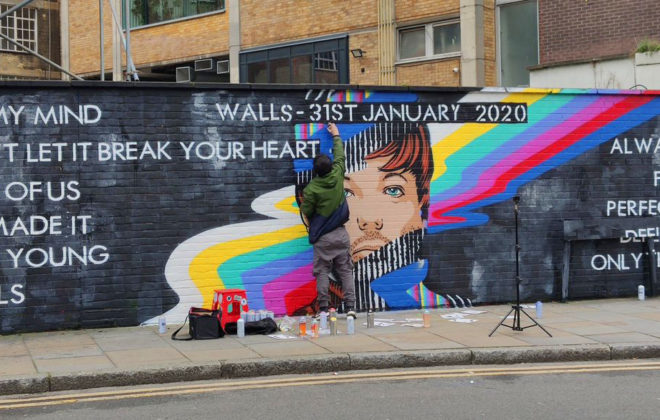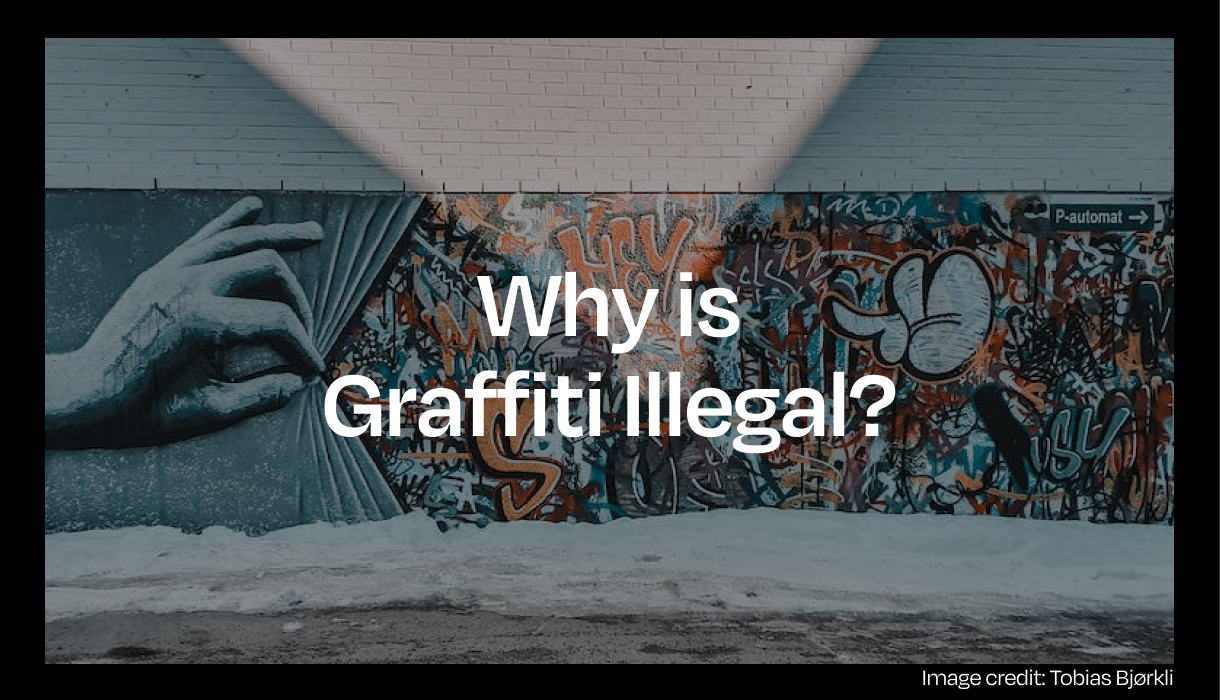
Why Is Graffiti Illegal?
Graffiti is a form of art that involves writing or drawing on public or private property without permission. Although some people see it as a form of expression and a way to beautify the urban landscape, it is illegal in many places around the world.
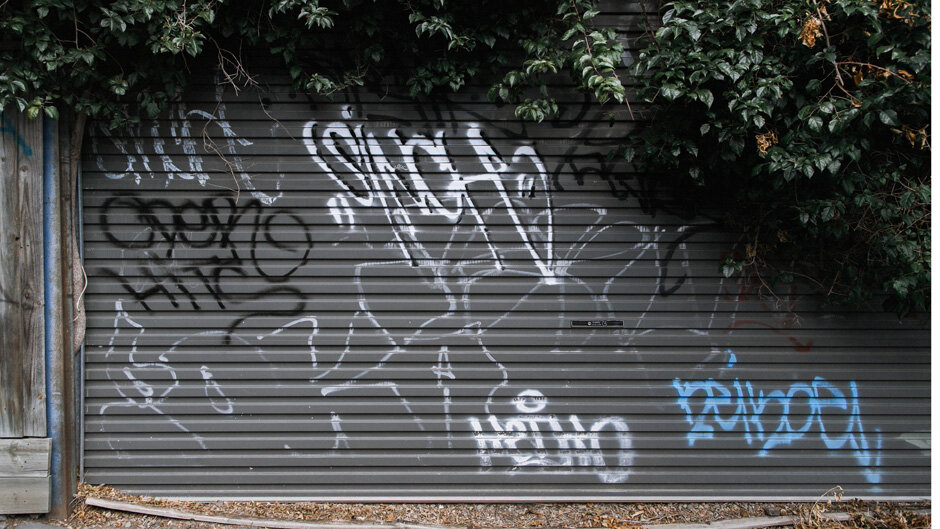
Is graffiti art the same as street art?
While both graffiti art and street art involve creating art in public spaces, there are some differences between the two.
Graffiti art typically involves using spray paint to write words or create images on public property without permission. It is often associated with hip-hop culture and can be seen as a form of rebellion against authority. Graffiti art is often done quickly and without a lot of planning or preparation, and it can be seen as a way to claim space and make a statement.
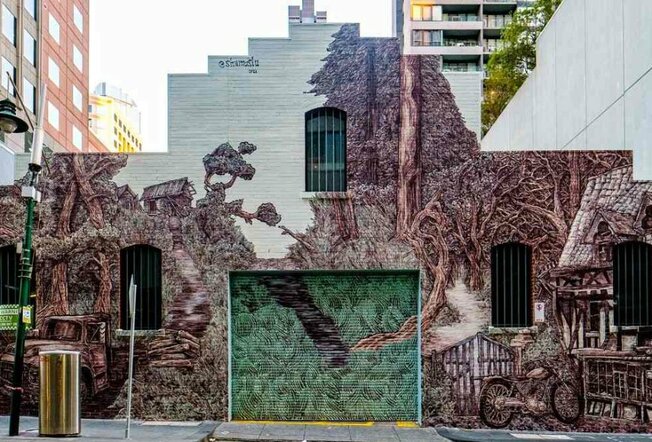
Street art, on the other hand, is a broader term that encompasses a wide range of art forms that are created in public spaces. Street art can include graffiti, but it can also include murals, stencils, stickers, and other forms of public art. Street art can be political, social, or purely aesthetic, and it can be done with the permission of property owners or as part of a larger community art project.
One key difference between graffiti art and street art is the level of legality. Graffiti art is often done without permission and is therefore illegal, while street art can be done legally with the permission of property owners or as part of a community art project.
Another difference is the intent behind the art. Graffiti art is often seen as a way to make a statement or claim space, while street art can be more focused on creating beauty or inspiring conversation. While graffiti art is a specific form of street art, there are many other types of street art that exist. Street art can include a wide range of art forms and can be created with permission or as part of a larger community project.
Why is Graffiti Illegal?
There are several reasons why graffiti is considered illegal.
Vandalism
One of the main reasons why graffiti is illegal is that it is considered vandalism. The term graffiti seems to go hand in hand with vandalism. The dictionary definition for vandalism is “wilful or malicious destruction or defacement of public or private property”. Graffiti is often done on public property such as buildings, bridges, and walls, which belong to the government or private individuals. When graffiti is done without permission, it damages the property and can be costly to clean up. This can create an eyesore and make the area look run-down, which can have a negative impact on the community and deter investment and tourism.
Spread of Hate Speech
Another reason why graffiti is illegal is that it can be used to spread hate speech, gang signs, or other offensive messages. Graffiti is often used as a way for gangs or individuals to mark their territory or make a statement. In some cases, graffiti can be used to intimidate or threaten people, which can lead to violence and other criminal activities. As a result, many communities have enacted laws that make graffiti illegal in order to prevent this kind of behavior.
Safety Hazard
Graffiti can also be a safety hazard. Graffiti can obscure important signs, warnings, and symbols that are necessary for public safety. For example, if graffiti is sprayed on a road sign or traffic light, it can make it difficult for drivers to see and increase the risk of accidents. Graffiti can also be a sign of neglect and decay, which can attract criminal activity and create an unsafe environment for residents.
Graffiti can damage public or private property, spread hate speech, create a safety hazard, and contribute to a negative community image. Therefore, it is important for individuals and communities to work together to prevent and discourage graffiti and promote other forms of legal and safe artistic expression.
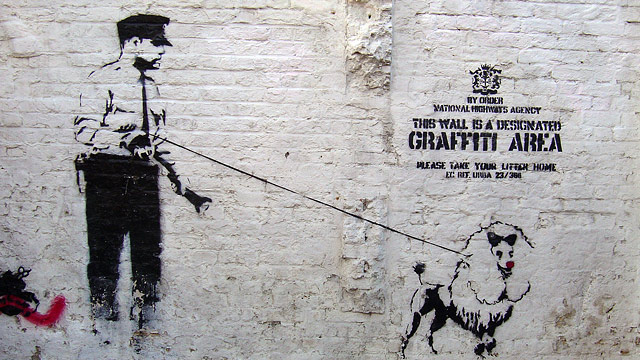
In saying all of this there are some artistically incredible graffiti works out there that are pigeon holed alongside illegal tagging and offensive slurring simply because they were created without permission. One we globally know is Banksy, very illegal, but appreciated enormously.
In Australia, Melbourne’s iconic Hosier Lane is a prime example of the grey zone between graffiti and street art, or guerrilla painters, as coined by the daily mail (2020). Predominately decorated without permission, Hosier lane fell into the spotlight in 2020 when a group of balaclava clad individuals ‘paint bombed’ the art covered walls. Illegal? yes. Different from the art that was covered? This is where it gets tricky.
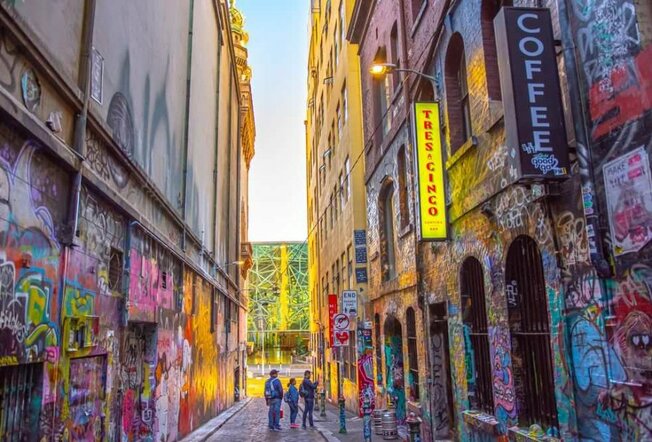
Many believe there is hypocrisy surrounding the event, and graffiti culture within the city as a whole. Not even the lord mayor can decide which side to take stating very contradicting opinions on the matter, and for the most part the street art community has accepted the temporary fragility of their creations.
Are there alternatives for budding graffiti artists that want a platform to share their thoughts and creations?
YES – social media, local art communities, and places like us Book An Artist who want to nurture and get local street artists paid, look and you shall find!
Tags In
Check out top-rated local artists near you!
Are you an artist ? Sign Up










